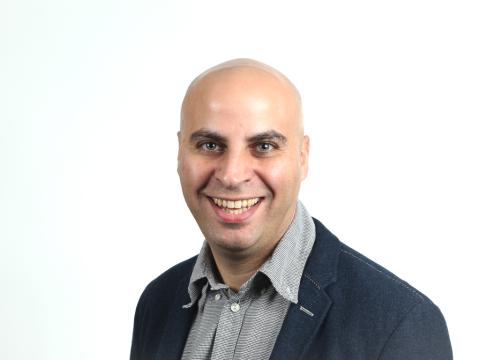Abstract
Chronic in-vivo neurophysiology experiments require highly miniaturized, remotely powered multi-channel neural interfaces which are currently lacking in power or flexibility post implantation. To resolve this problem we present the SenseBack system, a post-implantation reprogrammable wireless 32-channel bidirectional neural interfacing device that can enable chronic peripheral electrophysiology experiments in freely behaving small animals. The large number of channels for a peripheral neural interface, coupled with fully implantable hardware and complete software flexibility enable complex in-vivo studies where the system can adapt to evolving study needs as they arise. In complementary \textit{ex-vivo} and \textit{in-vivo} preparations, we demonstrate that this system can record neural signals and perform high-voltage, bipolar stimulation on any channel. In addition, we demonstrate transcutaneous power delivery and Bluetooth 5 data communication with a PC. The SenseBack system is capable of stimulation on any channel with 20 V of compliance and up to 315 A of current, and highly configurable recording with per-channel adjustable gain and filtering with 8 sets of 10-bit ADCs to sample data at 20 kHz for each channel. To our knowledge this is the first such implantable research platform offering this level of performance and flexibility post-implantation (including complete reprogramming even after encapsulation) for small animal electrophysiology. Here we present initial acute trials, demonstrations and progress towards a system that we expect to enable a wide range of electrophysiology experiments in freely behaving animals.
PMID:32915746 | DOI:
UK DRI Authors
